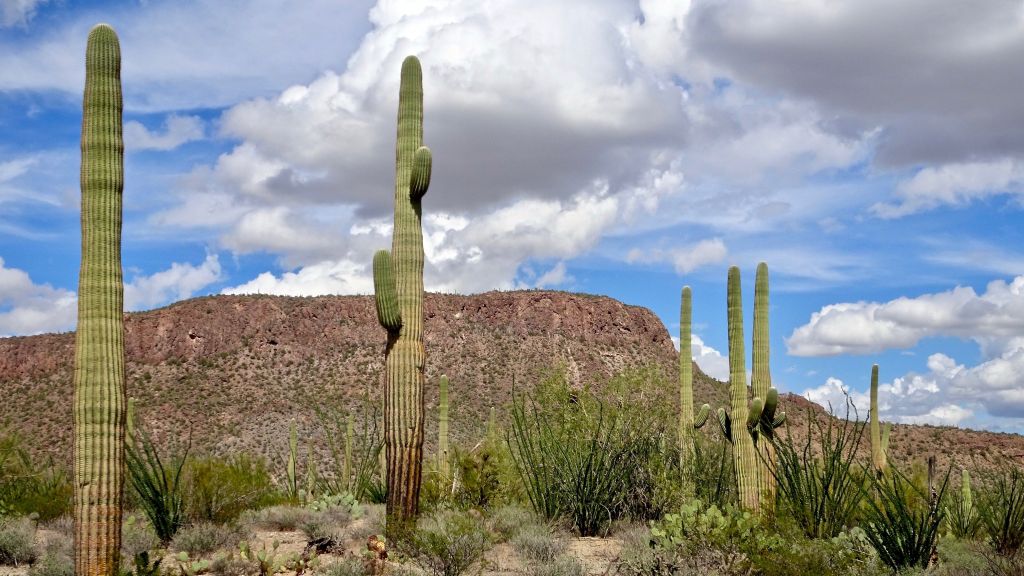Reactions to a controversial saguaro removal caught on video on a golf course in Marana highlights the importance and value of the cactus to Arizona communities.
When a golfer saw landscapers slicing an old saguaro piece by piece at the beginning of February at the Gallery Golf Club in preparation for LIV Golf League’s Tucson event, he took a video that circulated online, causing a stir.
Saguaros are protected by law and while landowners have the right to destroy native plants on their land, they must notify the Arizona Department of Agriculture 20 to 60 days before. According to the Arizona Department of Agriculture, which is investigating the incident, the Gallery did not have a permit or notice of intent for the removal as is required.
Jeremy Duda, the general manager at the golf course, said the two saguaros that were cut down by a third-party landscaping company were done so without permission from the Gallery management.
Duda said after the tournament, which runs March 17-19, the golf club will replace the saguaros that were removed and vowed it would not happen again.
“We’ve always been very good stewards to the community and the desert,” he said.
Destruction of saguaros often elicits strong responses from communities. Russ McSpadden, the Southwest conservation advocate for the Center for Biological Diversity, an environmental nonprofit, said saguaros are greatly treasured in southern Arizona. When they are torn down, people are often outraged.
McSpadden noted the ecological importance of saguaros to all species that live near them, including humans.
“The saguaro is important to the survival of these species. Everything from bighorn sheep to native bees benefit from saguaros,” he said.
McSpadden said saguaros provide shelter to countless birds and other animals and many species nest in or on them. The Gila woodpeckers and the “imperiled” cactus ferruginous pygmy owl nest inside saguaro cavities, while raptors like great horned owls and Harris hawks nest in the crooks of saguaro arms, he noted.
He added that lesser long-nosed bats have adapted to retrieve nectar from saguaro flowers in the spring.
He also noted that saguaros are “highly valuable and highly prized” and often landowners will sell their saguaros and transplant them rather than destroy them.
Just south of Marana, in Tucson, city landscapers take special care regarding saguaros and go through a thorough inventory and analysis in compliance with city code on native…
..
Click Here to Read the Full Original Article at Golfweek…
